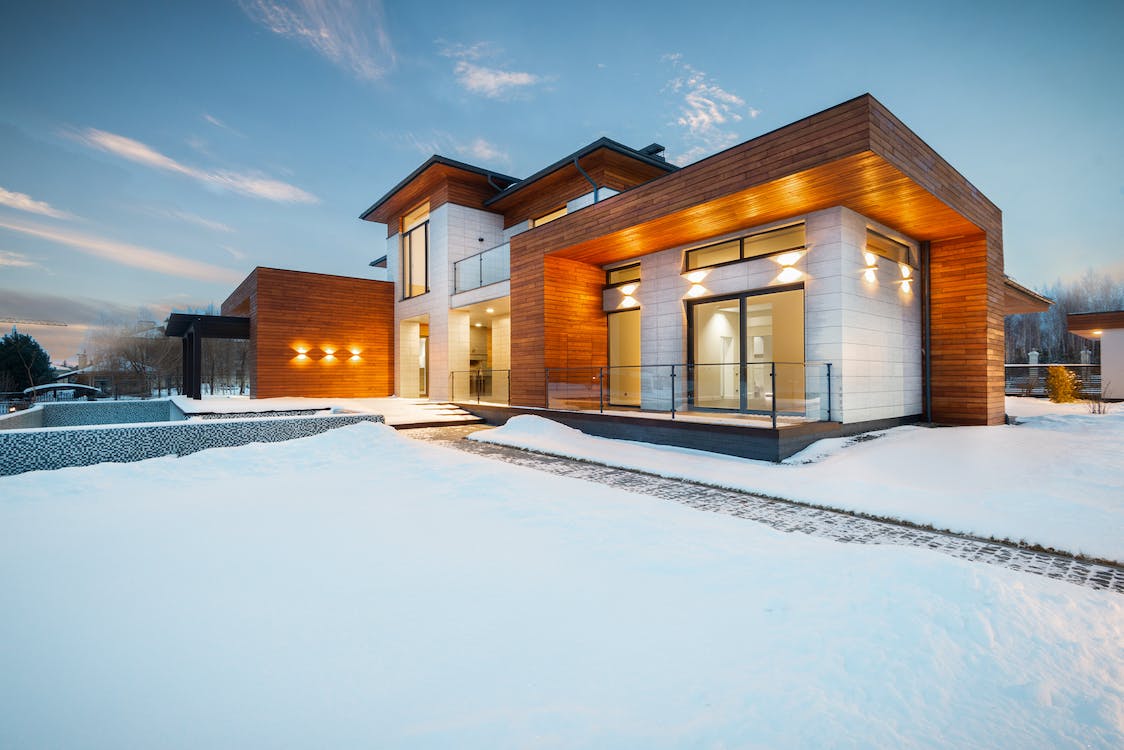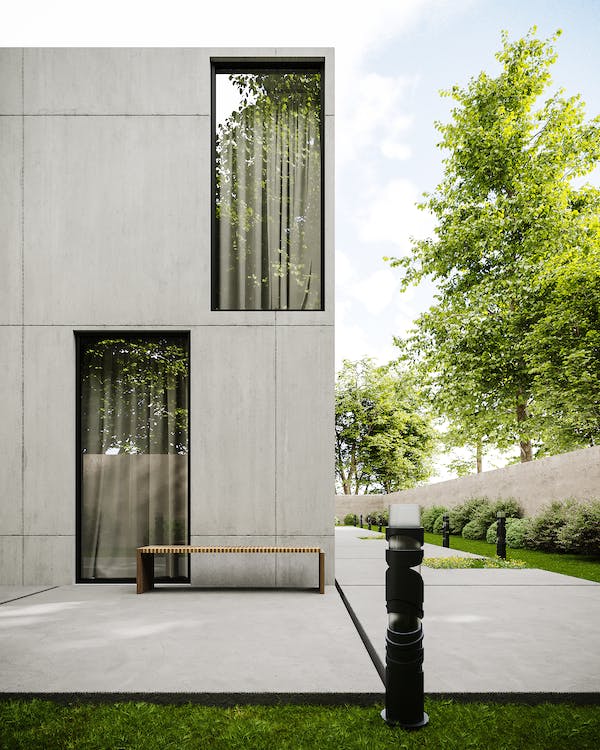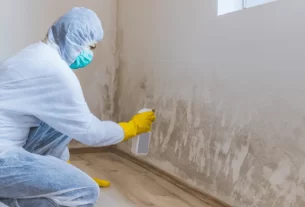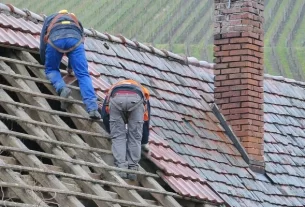6 Steps for Installing Perimeter Drains Around Your House
Summary
Focus on the types of drain
Step 1: Determine the size of the trench to be dug
Step 2: Locate the trench on the ground
Step 3: Dig the trench
Step 4: Place the geotextile
Step 5: Place aggregate bed and drain
Step 6: Backfill the trench
Water can accumulate along a construction on sloping ground or with silty or clayey soil and cause more or less critical infiltrations… This excessive moisture supports the development of moulds and the appearance of unpleasant odours in the interior volumes. It can also degrade the exterior coatings and even weaken your walls.
Faced with these risks, an effective solution is to install a perimeter drain. It consists of burying a perforated tube embedded in a bed of gravel wrapped with a geotextile at the foot of the house’s walls. The tube will collect the water under the ground and channel it away from the construction (towards a drain, for example).
Here are the successive steps to install drains around your house.
Types of drains
There are 2 types of drains:
-
The smooth and rigid drains. They are made of Ø 100 mm tubes. Elbows must be used to divert their trajectory.
-
Flexible and corrugated drains. They are available in Ø 90 or 100 and can be bent at right angles.
Drain protection
2 protections must isolate the drain:
- A gravel bed: the drain is embedded in a gravel bed to prevent it from directly contacting the soil, which would eventually clog it.
- A geotextile: The gravel bed is wrapped in a special felt. Its fine texture prevents roots from penetrating and eliminates the risk of clogging.
Good to know: do not hesitate to call on a professional to establish a complete diagnosis of your humidity problems because, depending on the situation, the drain can be moved away from the wall or completed by other devices on the masonry wall: bituminous coating, bituminous membrane (self-adhesive cold), an impermeable sheet which directs the water towards the drain, insulating panels which delay the formation of condensation on the inside of the wall.
Materials needed to install a drain around a house
Tarp
Round-tipped scissors
Chalk
String
Spirit level
Shovel
Pickaxe
Wooden stakes
1. Determine the size of the trench to be dug
This involves clearing the foundation of the walls to be protected. The deeper the walls are buried, the greater the width of the earth to be cleared:
-
for a trench up to 0.50 m deep, plan on 30 to 40 cm wide;
-
up to 1 m deep, dig 50 cm wide;
-
beyond 1 m depth, clear the ground over 1 m wide so that you can go down to the bottom of the excavation yourself.
Important: it is essential to observe these dimensions when installing the drain, especially if the buried walls must be treated.
2. Locate the trench on the ground

Plant stakes to mark the location of the trench at each corner, respecting the planned width. Then stretch a string between the stakes.
Spread chalk on the ground in line with the string.
Remove the string and stakes.
3. Dig the trench
In renovation work, this is by far the most challenging step and more than justifies the rental of a mini excavator.
Allow enough free space to store soil nearby. Or rent one or more dumpsters. Also, consider renting a loader to transport the soil if you need to move the storage away from the job site.
Good to know: Soil takes up 3 times the volume when extracted. This is known as overflow.
Once you are trained to handle the mini-excavator, dig the trench following the markings.
To ensure proper drainage, slope the trench 0.3 to 1 cm towards the drainage point. Check with a spirit level.
Store your soil in the designated area.
Important: if the soil is banked (piled up as a slope) flush with the excavation due to lack of space, it will naturally tend to fall out during rainfall. Cover the soil with a tarp or a flexible polyethylene sheet to prevent this.
4. Place the geotextile
Before installing the geotextile, check if you must treat the masonry wall (bituminous coating, etc.).
Cut strips of rot-proof felt long enough to cover the wall, go down to the ground, and then back up to wrap the drain in its aggregate bed.
Lay the strips out along the length of the trench.
Lay the geotextile strips on top of each other to prevent fine soil from entering the drainage system to prevent clogging.
5. Place an aggregate bed and the drain
Unless you have particularly permeable soil (such as sand), placing the drain on a bed of aggregate is best: small pebbles 20 to 40 mm in diameter.
Spread them over a width of about 30 cm to form a “bed” 5 to 6 cm thick. Level the bed with the shovel.
Place the drain at the bottom of the trench on its aggregate bed. Add the necessary joints.
Good to know: you can install a manhole to facilitate the maintenance of the drain.
Check the slope of the drain with a spirit level.
Remember to use the trench to insert other drains or sheathing if necessary.
6. Backfill the trench
If you have placed the drain on a granular material bed, pour the aggregate over the drain to a depth of 10 to 20 cm (or more if you have a lot left).
Close the geotextile to enclose the drainage system. Secure the geotextile with stones wedged against the wall.
Then pour in the soil, which should be free of large stones.
Good to know: Use a loader instead of a mini excavator if you have a loader. The larger loader bucket will hold more soil so that backfilling will take fewer manoeuvres.



